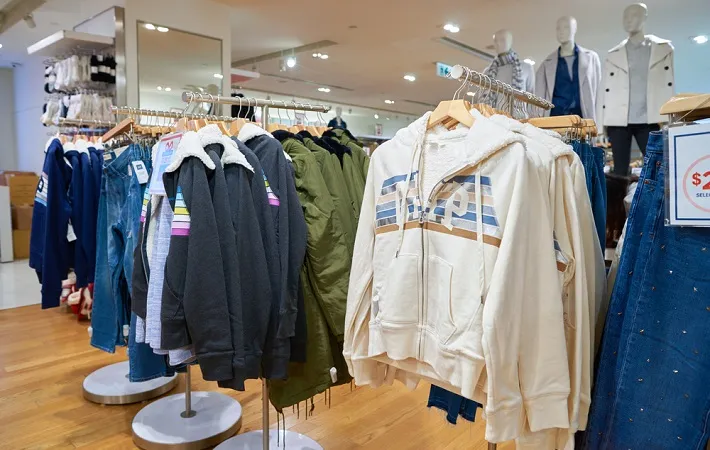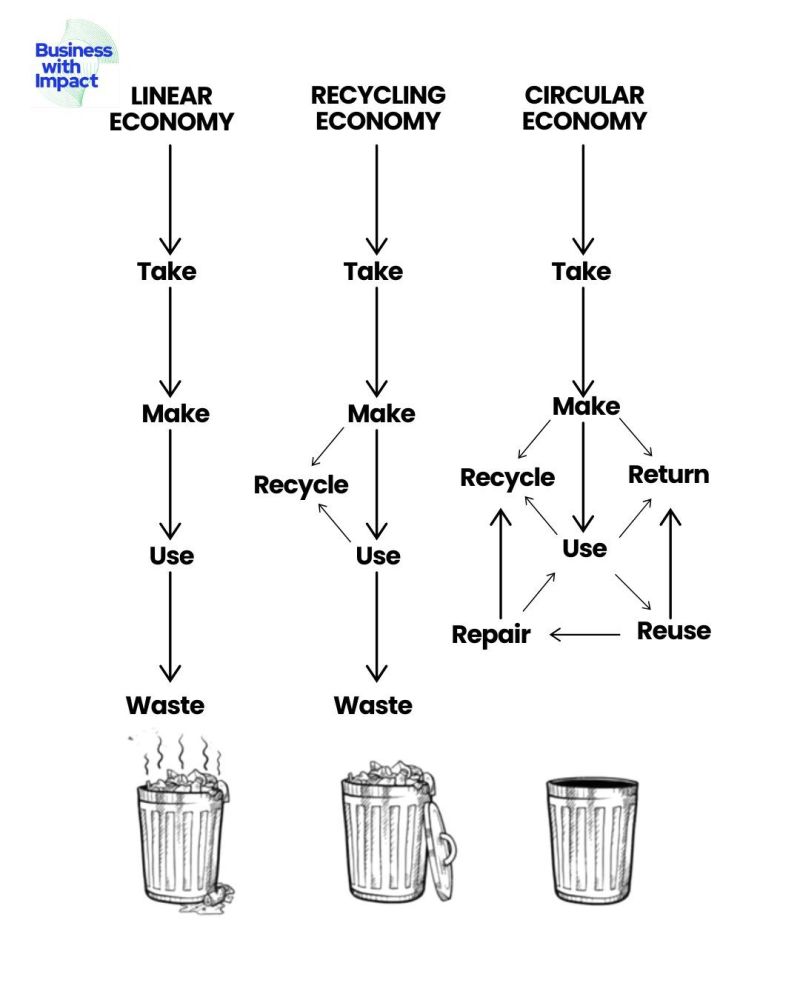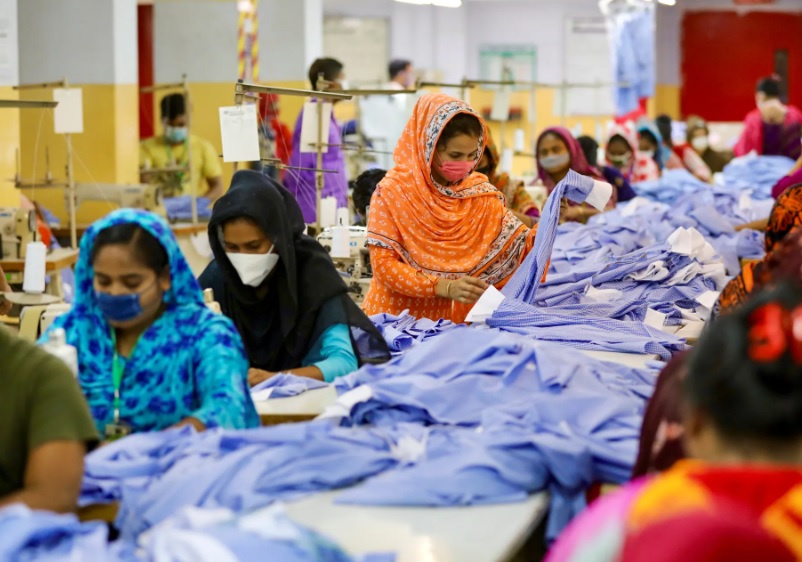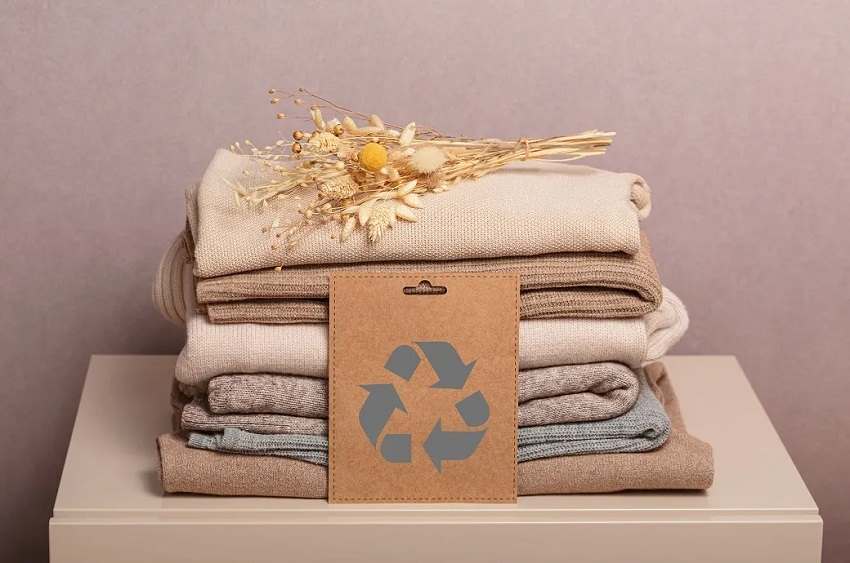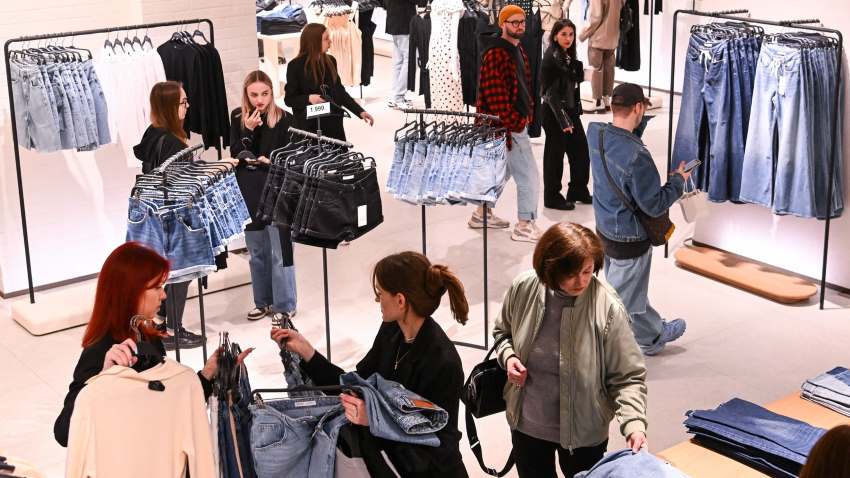
Euromonitor International’s latest research shows, future prospects for global luxury goods and fashion industry appear bright despite current political and economic instability and the ongoing global pandemic. Key players continue to navigate challenges by reassessing their priorities and operations and meeting consumer’s evolving needs. Recovery across regions appears uncertain despite the current positive outlook on account of rising interest rates, inflation, supply chain issues and the Russia-Ukraine war. Key players are being pressurized to adapt to new consumer lifestyles and changing retail preferences with a greater importance being placed on offering value and sustainability on both a social and environmental level.
The pandemic has brought the luxury goods and fashion sector under scanner besides highlighting the plight of textile workers around the globe. Fashion leaders across the world are focusing on diversity, equity and inclusion (DEI) with consumer consciousness rising to new heights.
Luxury consumers voice opinions on social media
Consumers of luxury and fashion products are being vocal about their political views on social media. To cater to their evolving demands, fashion and luxury houses are adopting a more diverse and inclusive world with some high-profit brands featuring different sized models, embracing all cultures and races.
The concept of diversity is based on various identity theories established by psychologists since the 1970s. It is also based on the eight ‘socially constructed identities’ established by American psychologist Allan Johnson in the 2000s. This model comprises eight major identity traits that help individuals understand who they are and where they come from. The traits allow individuals and corporates to better understand themselves and others by exploring memberships of main social groups and creating more inclusive spaces.
Disconnect between companies’ promises and reality
Fashion brands and companies across the board have pledged to adopt more inclusive hiring practices and hire more people from diverse backgrounds in their marketing campaigns. However, may brands fail to adopt inclusivity indicates survey reports of influencers and industry leaders. There remains a notable disconnect between consumers desires, companies’ initiatives and reality across their business modes. This disconnect threatens their customer retention rates. Indeed, many consumers, influencers, employees and others still fail to adopt diversity despite pledges to create more sustainable and inclusive business models.
Embedding diversity through internal communication
Diversity, equity and inclusion needs to be embedded into a company’s culture through internal communication and employee training. Being transparent also helps build a positive brand image and consumers valuing the company’s efforts and integrity. It also boosts customer loyalty and companies’ commercial success.
Aware of this, corporates are including inclusion and equity into their diversity theory. They are hiring diverse talent, or featuring diverse models to create a sense of belongingness amongst all consumers and provide them with fair and appropriate opportunities to achieve their full potential.
Focusing on consumers, the concept of diversity, equity and inclusion also encompasses the entire planet. To make them successful, companies needs to integrate them into all aspects of the business lifecycle.


